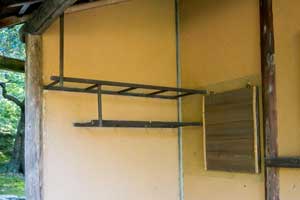 _Nijiri guchi
_Nijiri guchi
Nijiri guchi is a small entrance at a teahouse, whose size-about 60cm x 60cm(2ft x 2ft)-forces guests to vow before entering the tearoom.
 _kinin guchi
_kinin guchi
Kinin guchi is an optional entrance besides Nijiri guchi at a teahouse, provided for nobles to enter without vowing down.
How to Use
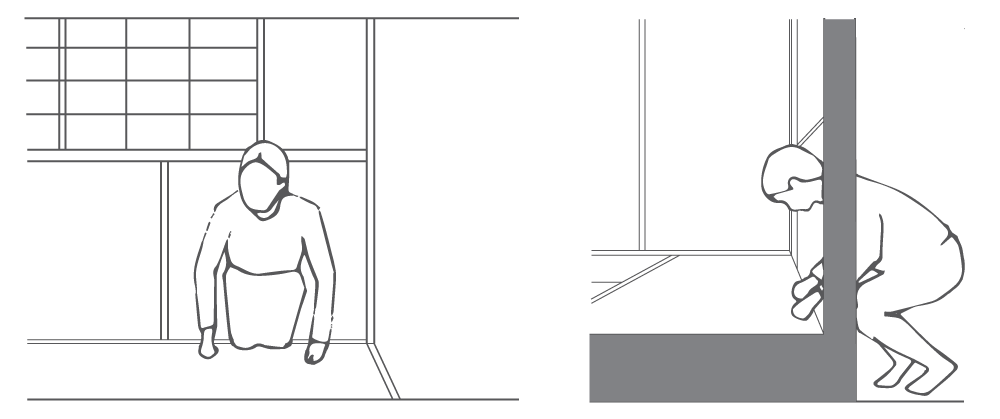
Put your fists and knees on tatami mats, as you lower your head into nijiri guchi. Slide forward your knees to fully enter, and that movement, called njiru is the origin of nigiri guchi.
Gallery
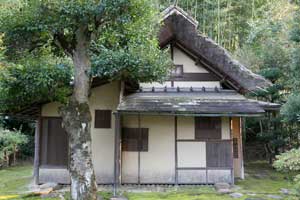
Njiriguchi(right) Chasodo in Okayama
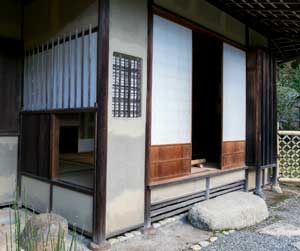
Njiriguchi(left) & Kininguchi(right) Kaho-an in Kyoto
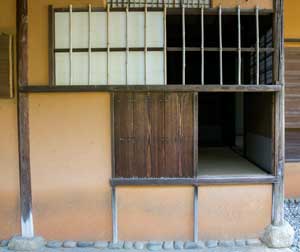
Njiriguchi Shokintei in Kyoto
 _Tobi ishi / Stepping Stones
_Tobi ishi / Stepping Stones





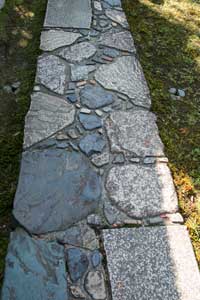
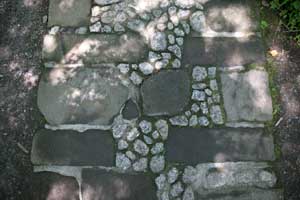
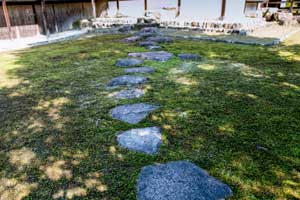
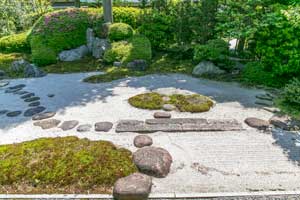
 _Toro / Lanttern
_Toro / Lanttern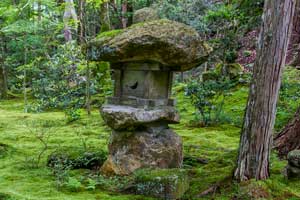
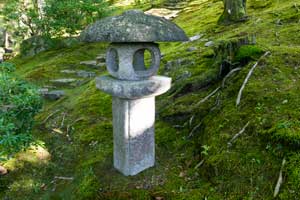
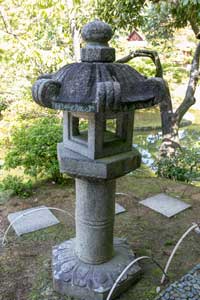
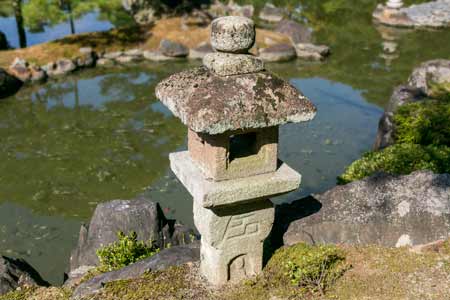
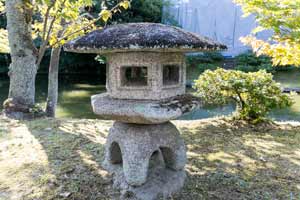
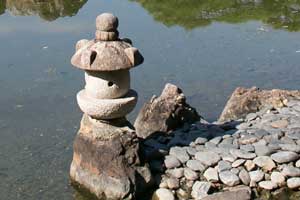
 _Tsukubai / Wash baisin
_Tsukubai / Wash baisin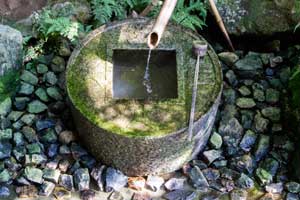
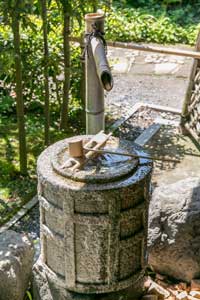
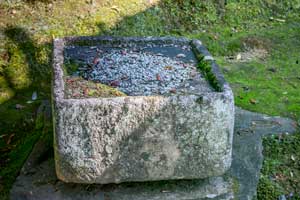
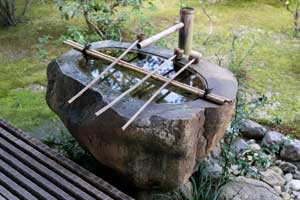
 _Katana kake
_Katana kake